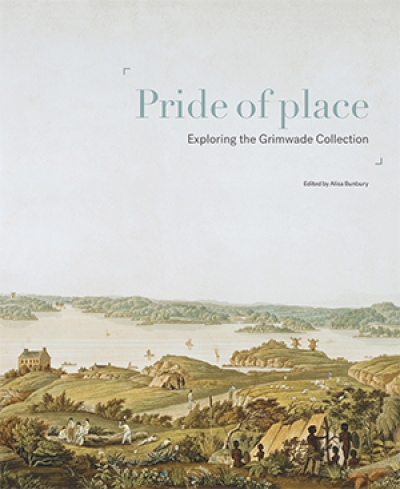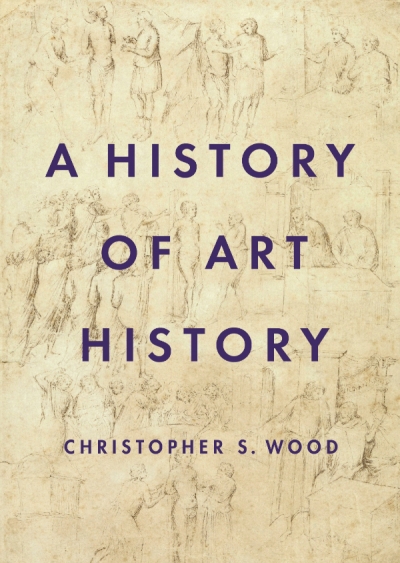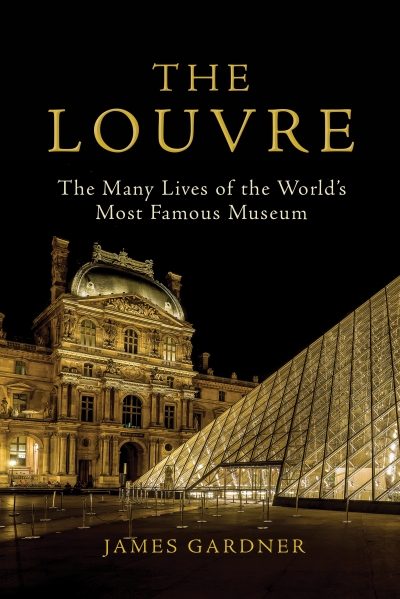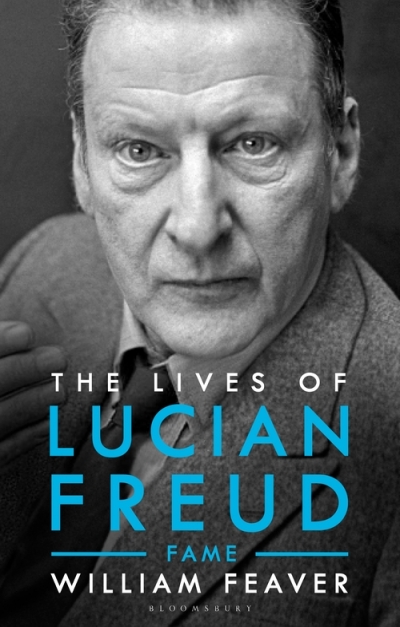Arts
Max Dupain, one of Australia’s most accomplished photographers, was filled with self-doubt. He told us so – repeatedly – in public commentary, especially during the 1980s, in the last years of his life. It is striking how candid he was, how personal, verging on the confessional, and how little attention we paid to what he said, either during his lifetime or since (he died in 1992, aged eighty-one).
... (read more)Pride of Place: Exploring the Grimwade Collection edited by Alisa Bunbury
Ludwig Hirschfeld-Mack: More than a Bauhaus artist by Resi Schwarzbauer with Chris Bell
Cy Twombly: Making past present edited by Christine Kondoleon with Kate Nesin
The Louvre: The many lives of the world’s most famous museum by James Gardner
The Lives of Lucian Freud: Fame, 1968–2011 by William Feaver
Those of us who work in classical music will be familiar with the accusation that our chosen art form lacks contemporary social relevance. It is one with a long pedigree. ‘Sonata, what do you want of me?’ asked an exasperated Fontenelle in 1751, according to Rousseau. But you will find no widespread or heightened disdain for worldly affairs among classical musicians on the whole. Rather, any apparent reticence they may have describing how their art connects with the world at large stems from the fact that it is notoriously difficult to do. As the well-known quip goes, ‘Writing about music is like dancing about architecture.’ This is not a love that dare not speak its name so much as one that struggles to be put into words at all.
... (read more)








